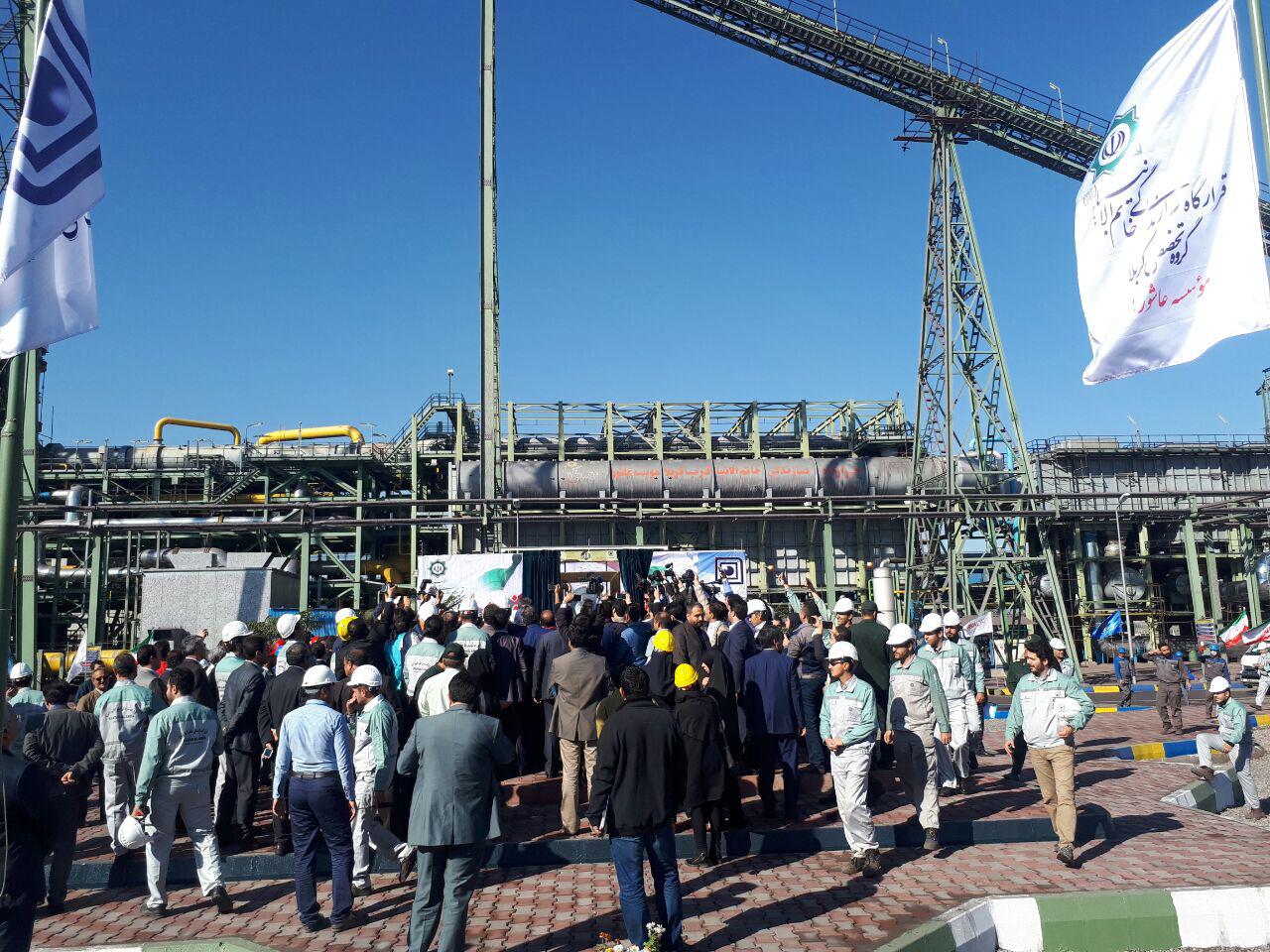Iran has long relied on its cheap energy costs and abundance of raw materials to sustain its steel industry, having to forego development of new technologies due to years of stringent international sanctions over its nuclear program.
But now, with the adoption of a new, indigenous direct-reduced iron production method, the country’s steelmakers can count on increasing competitiveness.
New direct-reduced iron plants in Iran are being equipped with the Iranian direct-reduction technology called PERED, or Persian Reduction. The technology is invented and patented by MME Co., an Iranian engineering company registered in Germany.
The technology, which makes optimum use of energy and raw materials, reduces production costs with the added advantage of being more environment-friendly compared to other direct reduction methods.
Direct-reduced iron, also called sponge iron, is produced from the direct reduction of iron ore to iron by a reducing gas or elementary carbon produced from natural gas or coal. Iran is the biggest producer of sponge iron in the world.
And why is DRI production so important for Iran?
Crude steel is dominantly produced using two methods: making cast iron in blast furnaces or using DRI and scrap in electric arc furnaces.
More than 70% of the world’s steel are made using blast furnaces, while Iranian steelmaking is mostly dominated by EAFs.
Choosing each production method depends on various parameters, namely raw material and energy costs.
Blast furnaces require large quantities of coking coal, a product hardly available in Iran and costly to import. This is while the country enjoys huge gas and iron ore reserves, making EAFs the much more desirable route to take. The shortage of scraps has consequently driven steelmakers to use DRI.
Iran produced 11.68 million tons of DRI during the eight months of the current Iranian year (started March 21), up 11.2% year-on-year. The August output was up 6.31% to 1.43 million tons, the World Steel Association announced.
With such a sizable production, cutting costs would give a considerable boost to the industry. And PERED is designed to do just that, MME claims.
“The very first boon to the industry would be ridding it of licensing costs of foreign technology,” managing director of MME, Morteza Aqajani, said.
A large number of Iran’s DRI plants currently utilize the MIDREX reduction technology–a production process patented by Midrex Technologies Inc. along with its parent company Kobe Steel Ltd–and to a less extent HYL technology developed by Tenova HYL.
The replacement of MIDREX and HYL with PERED will cut the producers’ costs by shrinking the required initial investment.
In an article published on Iran Steel Producers Association’s news agency Chilanonline.com, Aqajani has enumerated PERED’s superior aspects to other iron reduction methods.
In PERED, the reduction process takes place at a lesser temperature due to the improved cooling methods and reduced pollutant gas emissions. With less heat, more homogeneous reducing gas, more controllable pellet feed and use of Siemens’s centrifugal compressors, PERED requires less water, electricity and gas to operate, alongside less operational and maintenance costs.
According to MME’s website, PERED can also produce cold and hot DRI, hot briquetted iron and combinations of all three.
PERED has so far been installed in two DRI plants in the country, namely Shadegan in Khuzestan Province and more recently in Miyaneh, East Azarbaijan Province.
Shadegan Steel Company started the commissioning of its DRI module in May as the first plant to utilize PERED for DRI.
Miyaneh Steel Complex’s DRI plant came on stream this Sunday. The plant has an annual sponge iron production capacity of 800,000 tons with content reaching 95%, according to Iranian Mines and Mining Industries Development and Renovation Organization.


